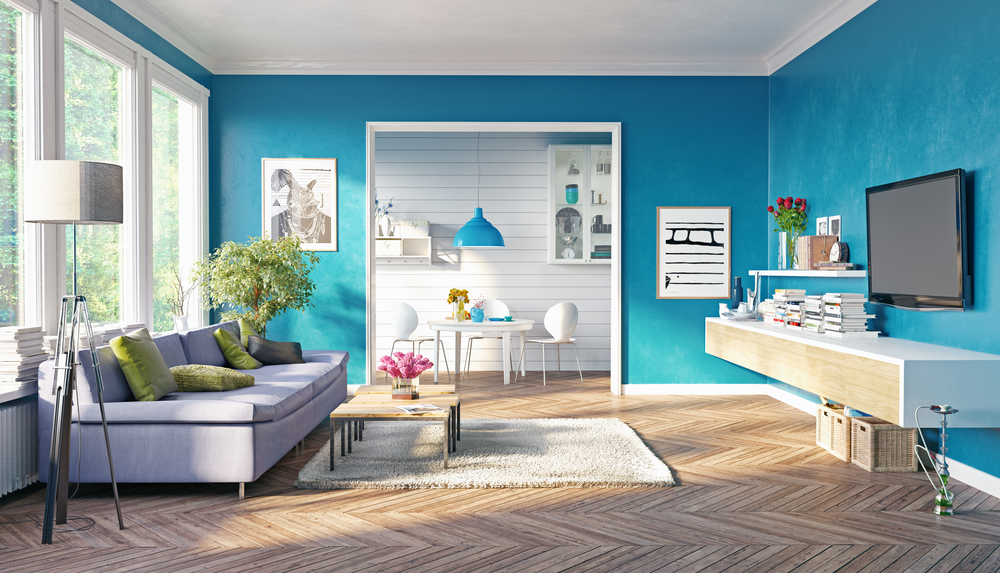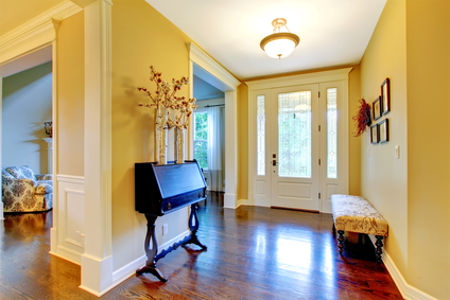Trusted Color Consultation in Lakewood for Personalized and Beautiful Color Choices
Trusted Color Consultation in Lakewood for Personalized and Beautiful Color Choices
Blog Article
Enhance Your Interior Decoration With Comprehensive Shade Assessment
The integration of color examination into interior decoration presents a distinct possibility to improve and raise the visual and emotional vibration of a room. By involving with a skilled color consultant, you can browse the intricacies of shade choice, making certain that your choices not just complement building features however likewise resonate with individual design and emotional influence. This critical collaboration can significantly affect the overall environment of your atmosphere, cultivating a sense of consistency and purpose. However, understanding the nuances of this process is crucial-- what crucial elements should be considered to attain optimal results?
Advantages of Color Appointment

Additionally, color appointment aids in taking full advantage of all-natural light and optimizing spatial assumption. Lighter shades can make an area appear even more extensive, while darker shades develop an intimate setting. Cleveland Metro Painting Specialists. This calculated application of shade can considerably affect the overall setting of any kind of interior space
Furthermore, professional experts have an extensive understanding of current fads and timeless standards, making sure that the picked shades will remain enticing in time. This foresight can conserve clients from pricey redesigns in the future. Shade assessment empowers clients by providing them with a clear vision and direction, promoting confidence in their design choices and inevitably leading to a more successful and satisfying indoor style outcome.
Understanding Shade Psychology
The value of color psychology in interior decoration can not be overemphasized, as it explores the emotional and psychological results that various tones can evoke in people. Colors can influence state of mind, actions, and also productivity, making them a vital factor to consider in any type of style task.
For instance, cozy shades such as red, orange, and yellow are often related to power and warmth. They can stimulate sensations of exhilaration and convenience, making them suitable for social areas like living rooms or kitchens. Alternatively, cool shades like blue, environment-friendly, and purple often tend to stimulate calmness and tranquility, making them suitable for rooms or reflection areas.
In addition, using neutral tones can produce a balanced atmosphere by permitting the bolder colors to stand out without overwhelming the detects. Understanding these emotional impacts makes it possible for designers to create areas that not only look aesthetically pleasing yet additionally promote emotional wellness.
Incorporating color psychology right into interior decoration includes a thoughtful option of colors tailored to the intended function of each space, inevitably boosting the overall experience for its passengers. This awareness is essential for achieving a unified and practical interior atmosphere.
The Shade Wheel Explained
Recognizing the partnerships in between colors is necessary for effective interior decoration, and the shade wheel acts as a useful tool in this process. The color wheel, developed by Isaac Newton in the 17th century, highlights the spectrum of shades arranged in a round format. It makes up key colors-- red, blue, and yellow-- that can not be created by blending various other shades. Secondary colors, created by combining primaries, include green, orange, and purple. Tertiary shades arise from mixing a main and a secondary color, leading to shades such as blue-green and red-orange.
The shade wheel helps developers grasp the partnerships in between shades, including complementary, comparable, and triadic systems. Corresponding shades, located contrary each other on the wheel, produce dynamic contrasts that can stimulate an area. Similar colors, situated alongside each other, give a unified and natural appearance. Triadic systems use three uniformly spaced shades, offering equilibrium and aesthetic passion.
Using the color wheel in indoor design not only improves visual allure but also stimulates particular emotions and environments, making it an important recommendation for color assessment. Comprehending these relationships ultimately encourages developers to develop rooms that are both aesthetically captivating and useful.
Choosing the Right Palette
An appropriate color plan Go Here can link a room, improve its attributes, and evoke wanted feelings. Various areas serve diverse features and require combinations that show their designated usage; for circumstances, relaxing colors such as soft blues or environment-friendlies work well in bedrooms, promoting relaxation.
Light can substantially alter exactly how shades appear, so it is vital to examine the space at various times of read this article the day. A harmonious palette should complement these functions, producing a natural appearance throughout the room.
When picking colors, utilize the 60-30-10 guideline, which recommends that 60% of the space should be a leading shade, 30% a second shade, and 10% an accent shade. This proportion makes certain balance and visual interest (Cleveland Metro Painting Specialists). Lastly, sample colors on the walls prior to committing, as this allows you to see how the shades connect with one another and the total setting they develop in your interior decoration project.
Functioning With a Shade Professional

When dealing with a color professional, the procedure generally starts with a first examination. Throughout this conference, you'll discuss your vision, preferences, and the existing elements in your area. The specialist will analyze your requirements and might advise particular shade palettes that align with your objectives.
After establishing an instructions, the professional will certainly offer samples and aesthetic help to assist you envision the proposed color pattern. This action is critical, as colors can show up in a different way under varying illumination conditions.
Additionally, a shade professional can assist you in selecting corresponding home furnishings, artwork, and accessories to harmonize with your selected combination. By collaborating carefully, you can attain a polished visual that raises your insides and creates a welcoming atmosphere. Inevitably, the knowledge of a color consultant can substantially enhance the general effect of your design task.
Conclusion
In recap, extensive color assessment serves as an essential tool for improving indoor style. By leveraging professional understanding of color psychology and spatial characteristics, a customized pop over here shade palette can be developed to stimulate particular feelings and produce a harmonious atmosphere.
By engaging with an experienced color expert, you can navigate the intricacies of color choice, making sure that your choices not only enhance building functions yet additionally resonate with individual design and psychological effect. It comprises key colors-- red, blue, and yellow-- that can not be produced by blending various other shades.The color wheel aids designers comprehend the connections in between shades, consisting of complementary, analogous, and triadic schemes.When choosing shades, use the 60-30-10 guideline, which recommends that 60% of the area need to be a leading color, 30% a second color, and 10% an accent shade. By leveraging professional expertise of shade psychology and spatial characteristics, a customized shade palette can be established to evoke particular feelings and create an unified atmosphere.
Report this page